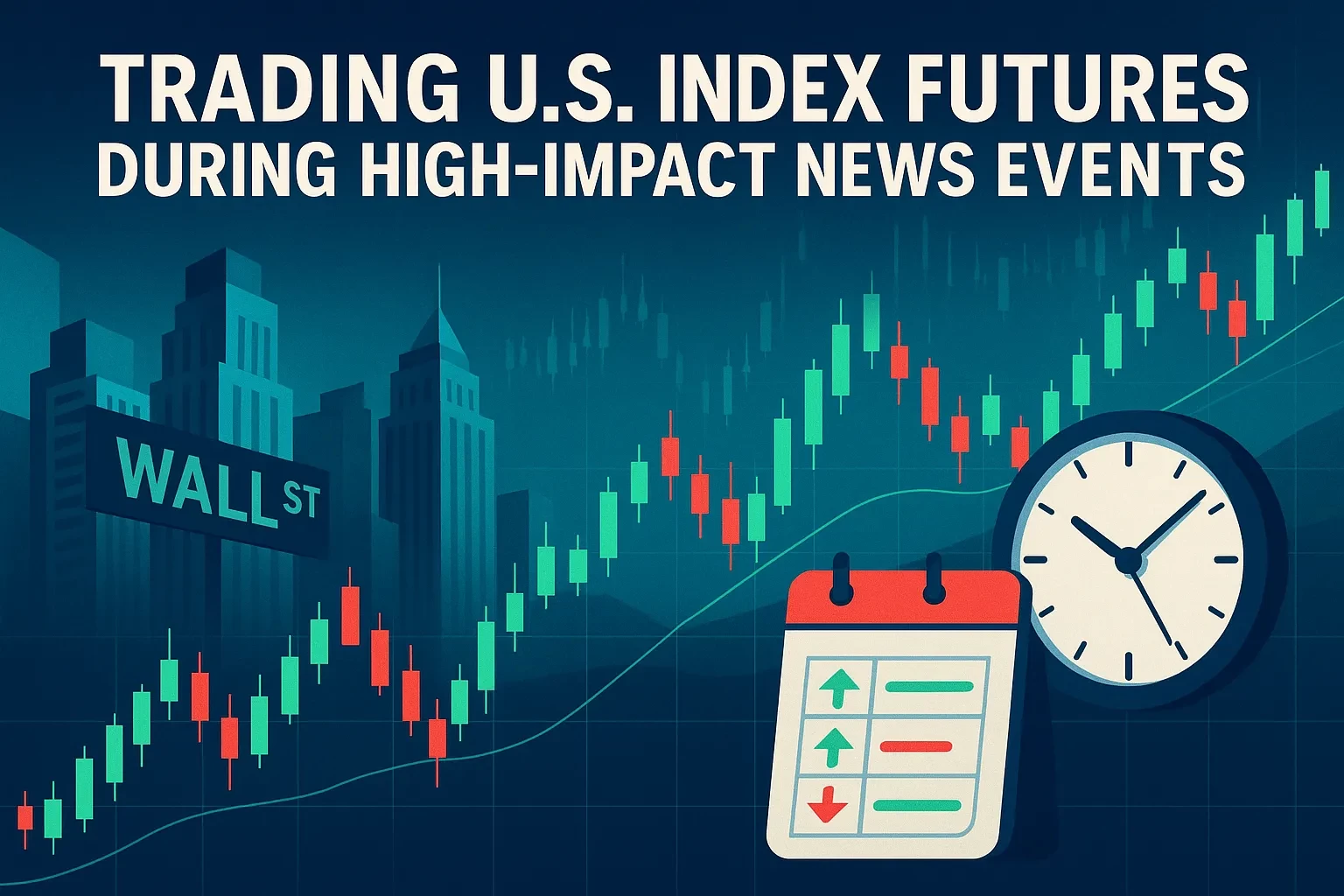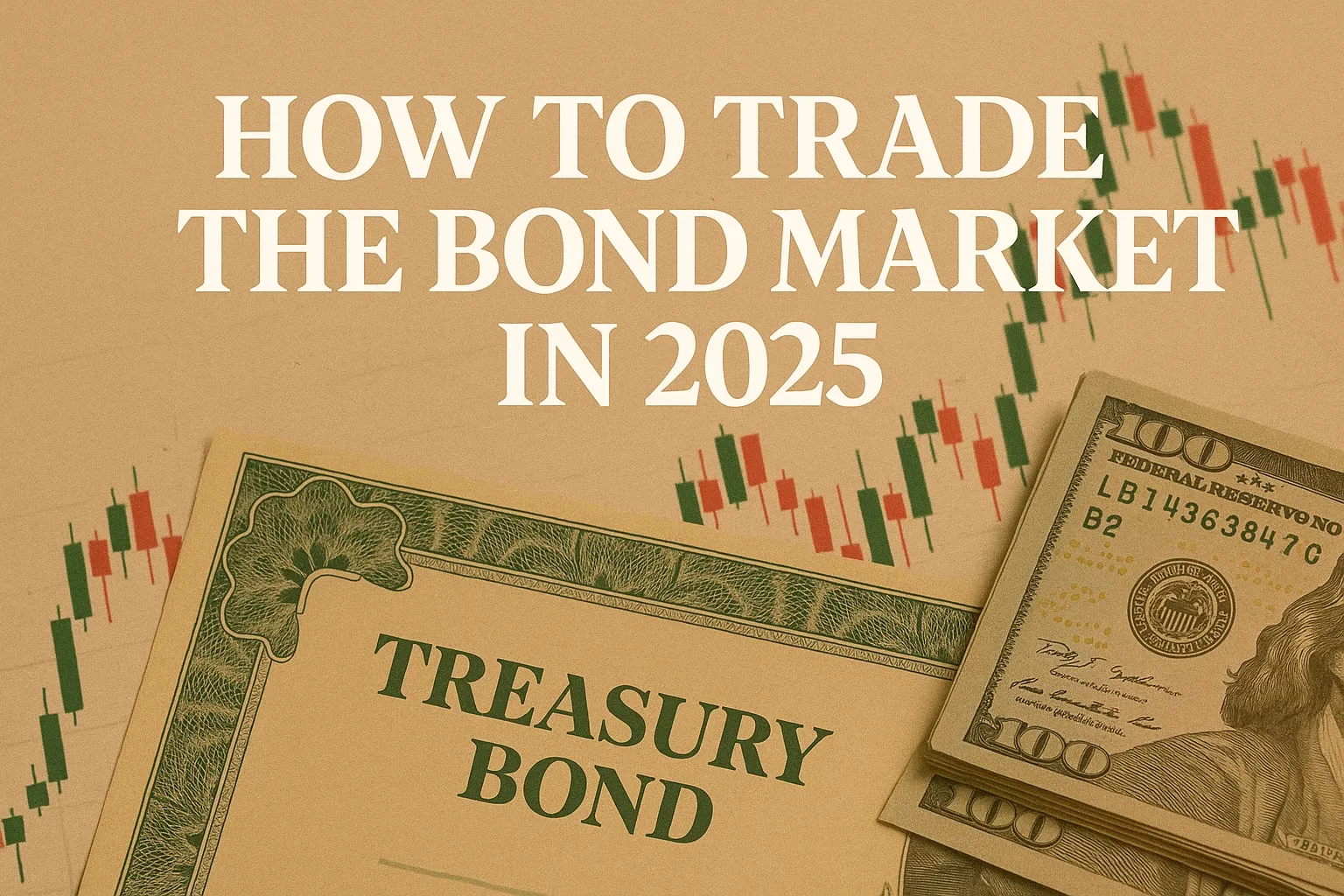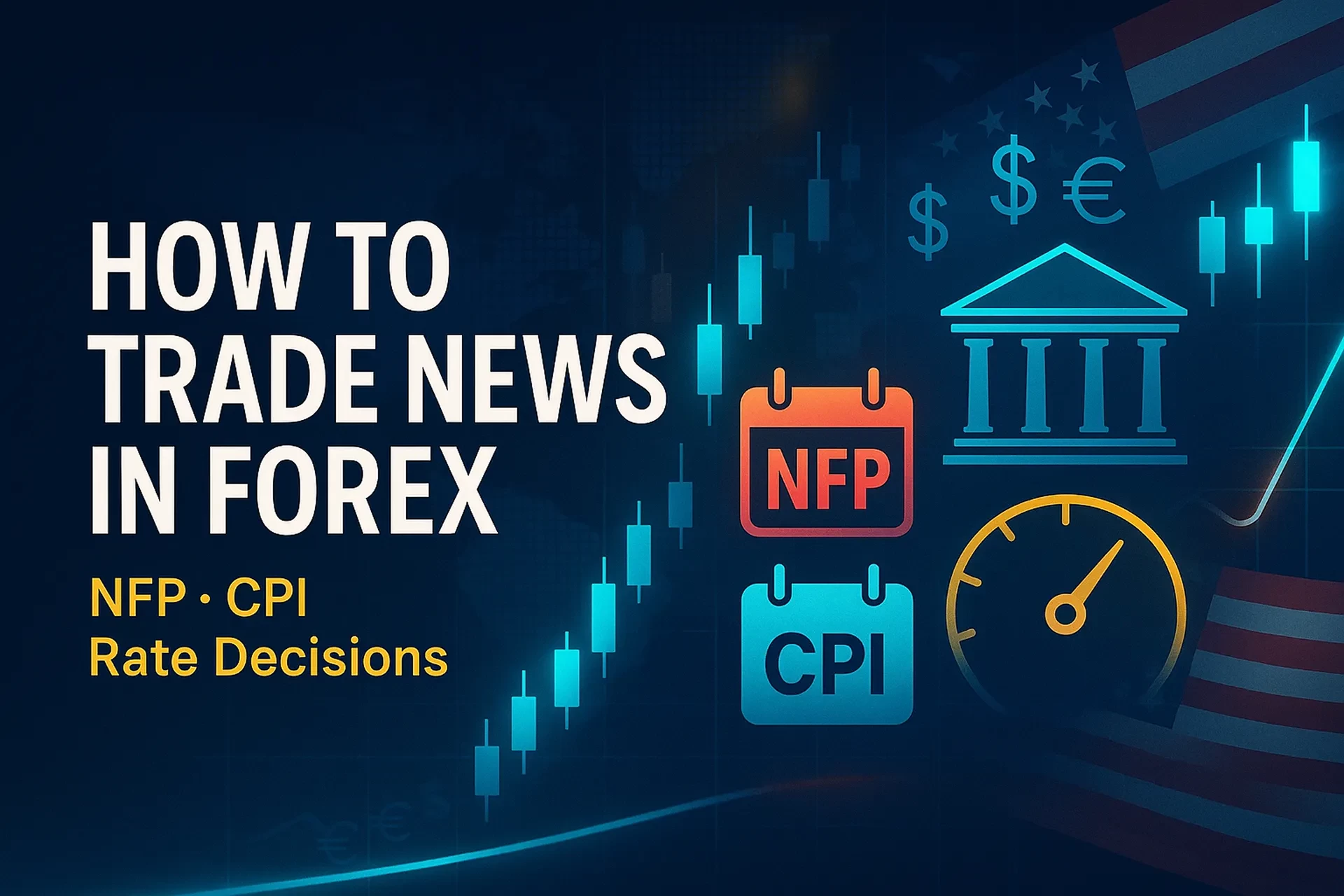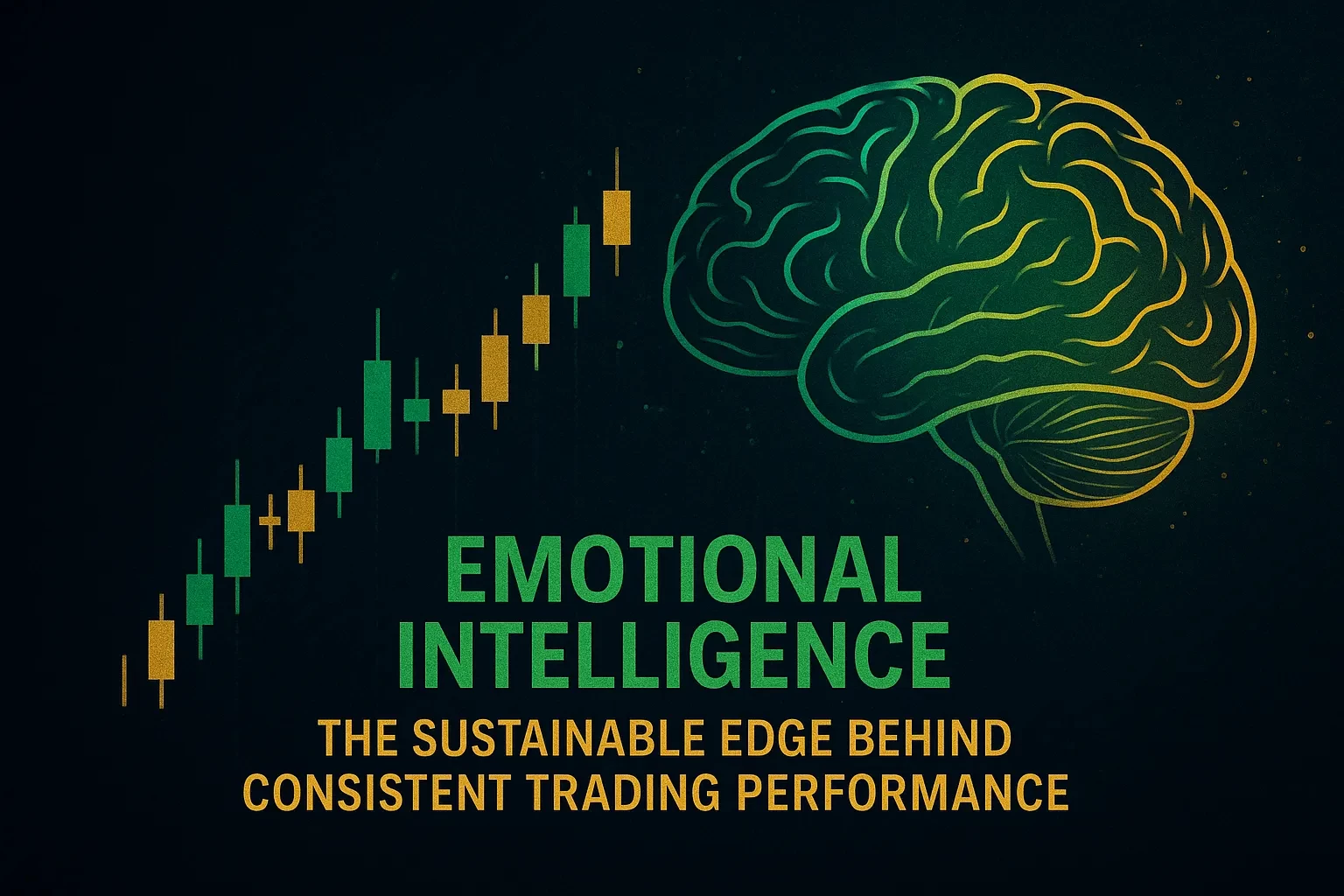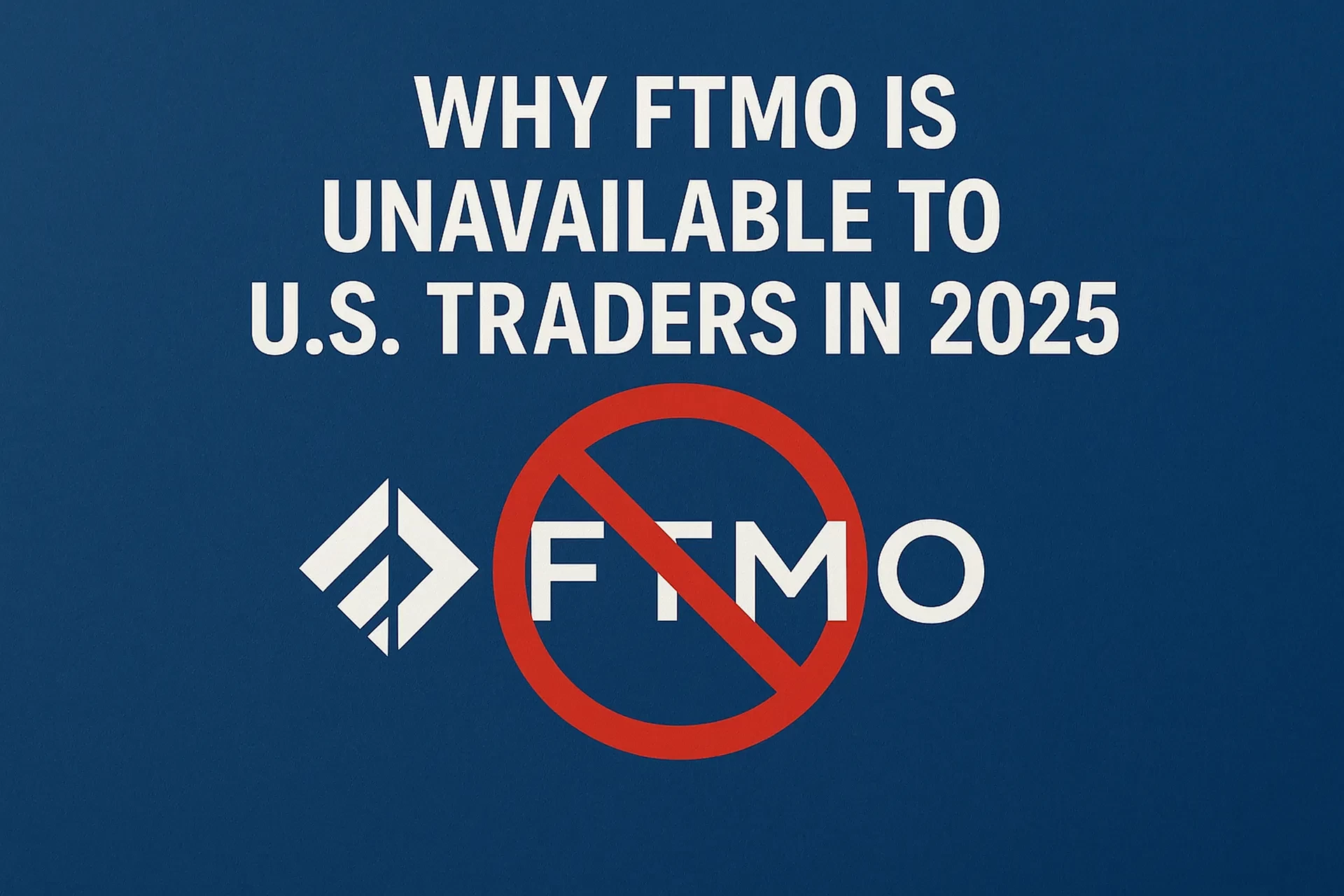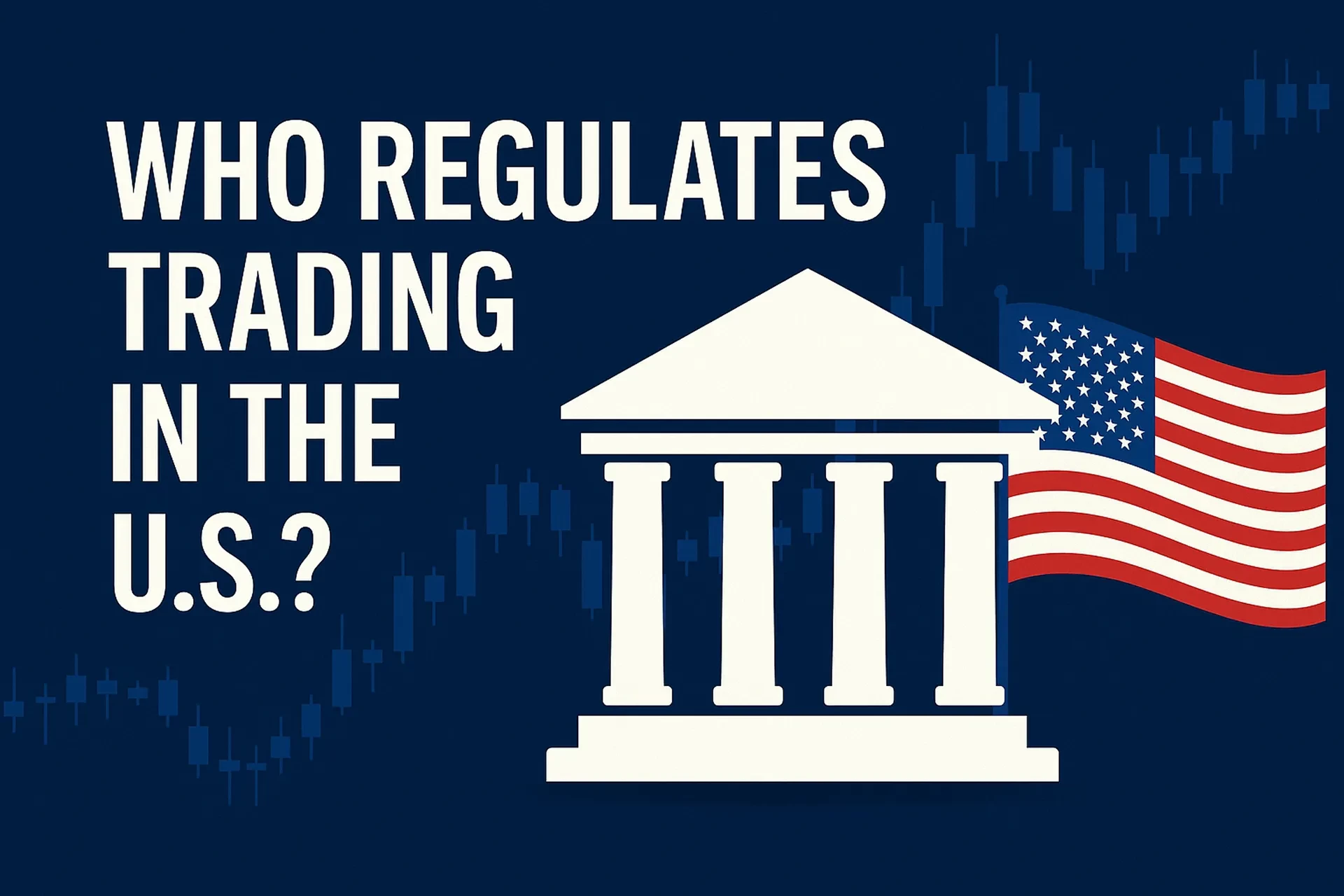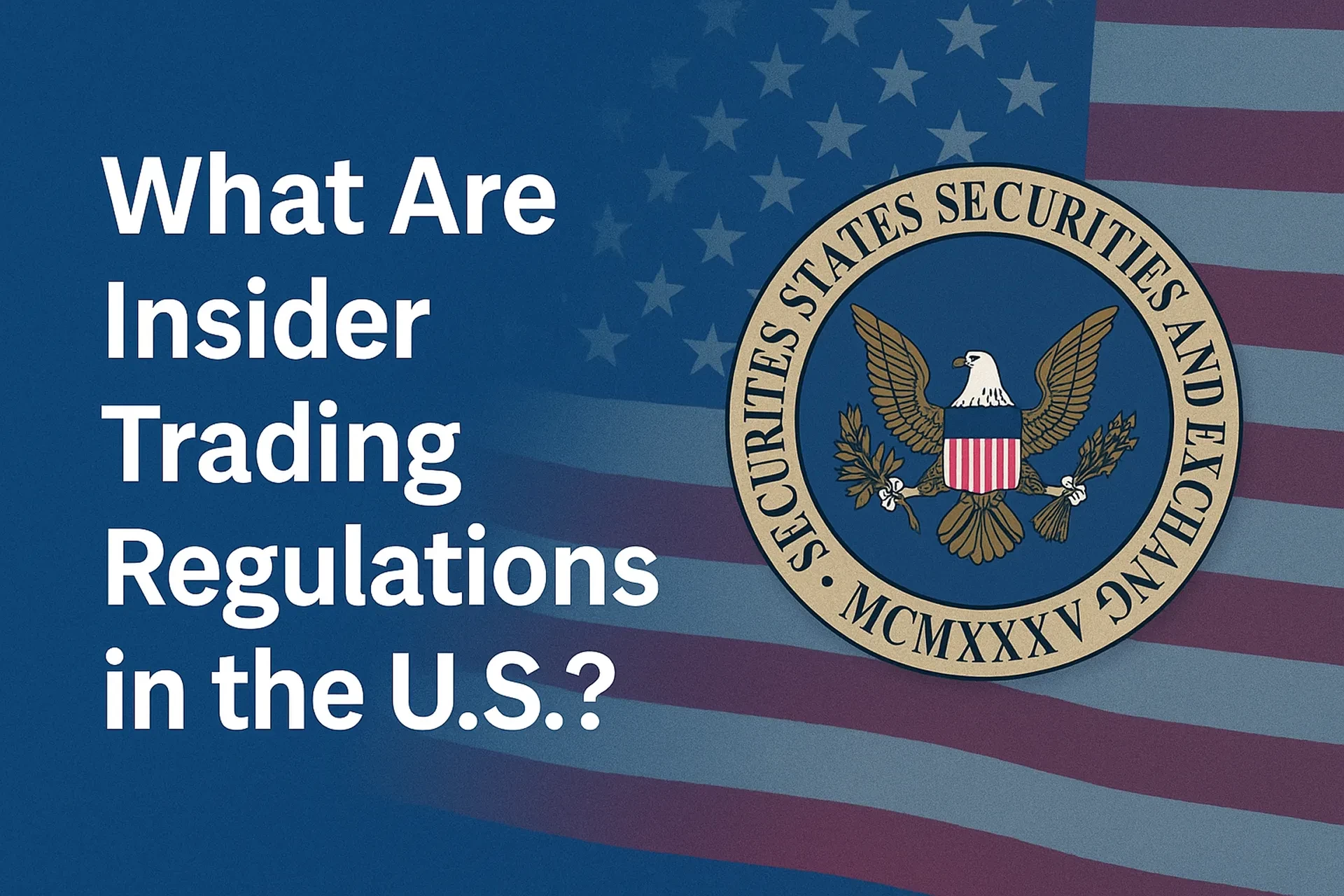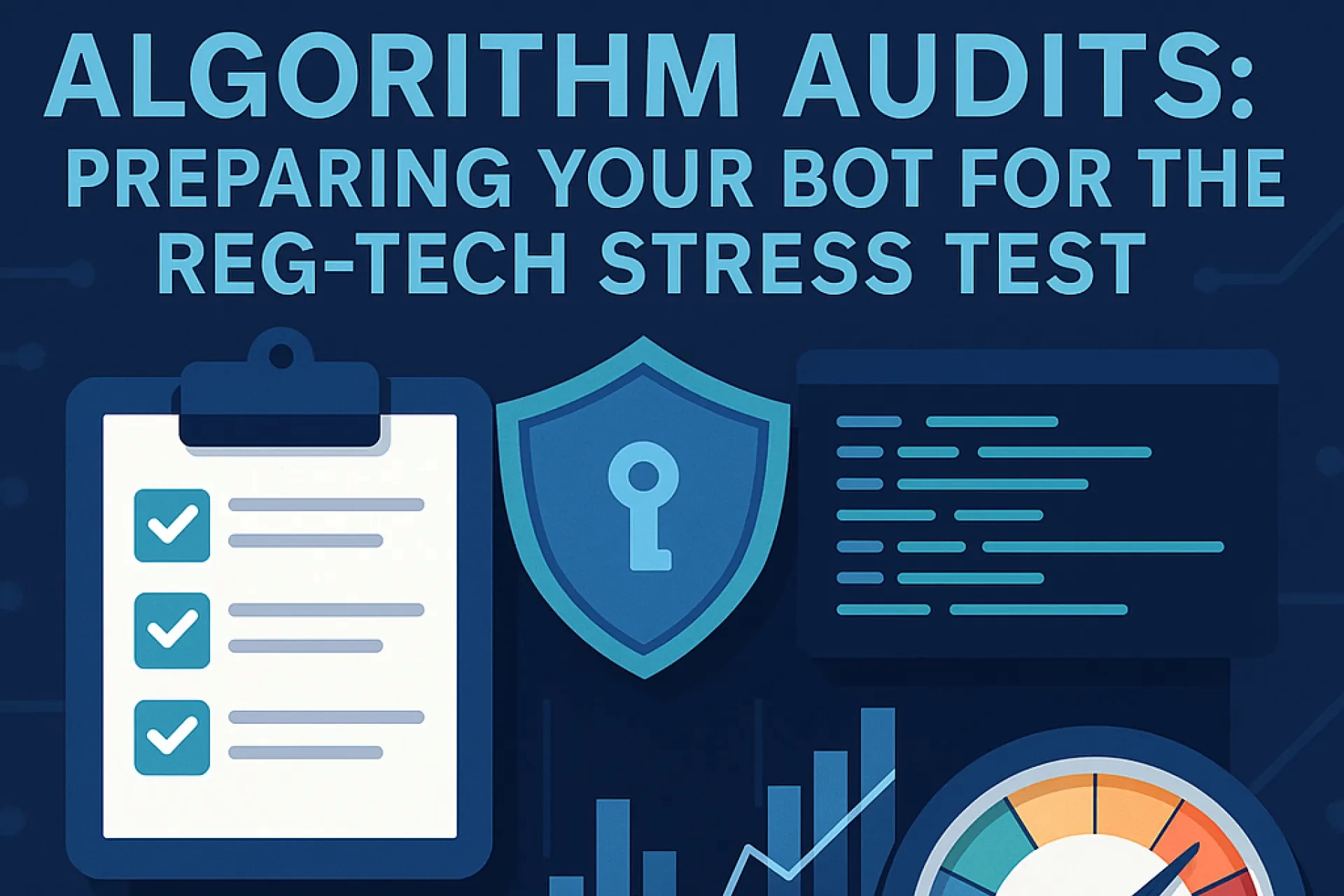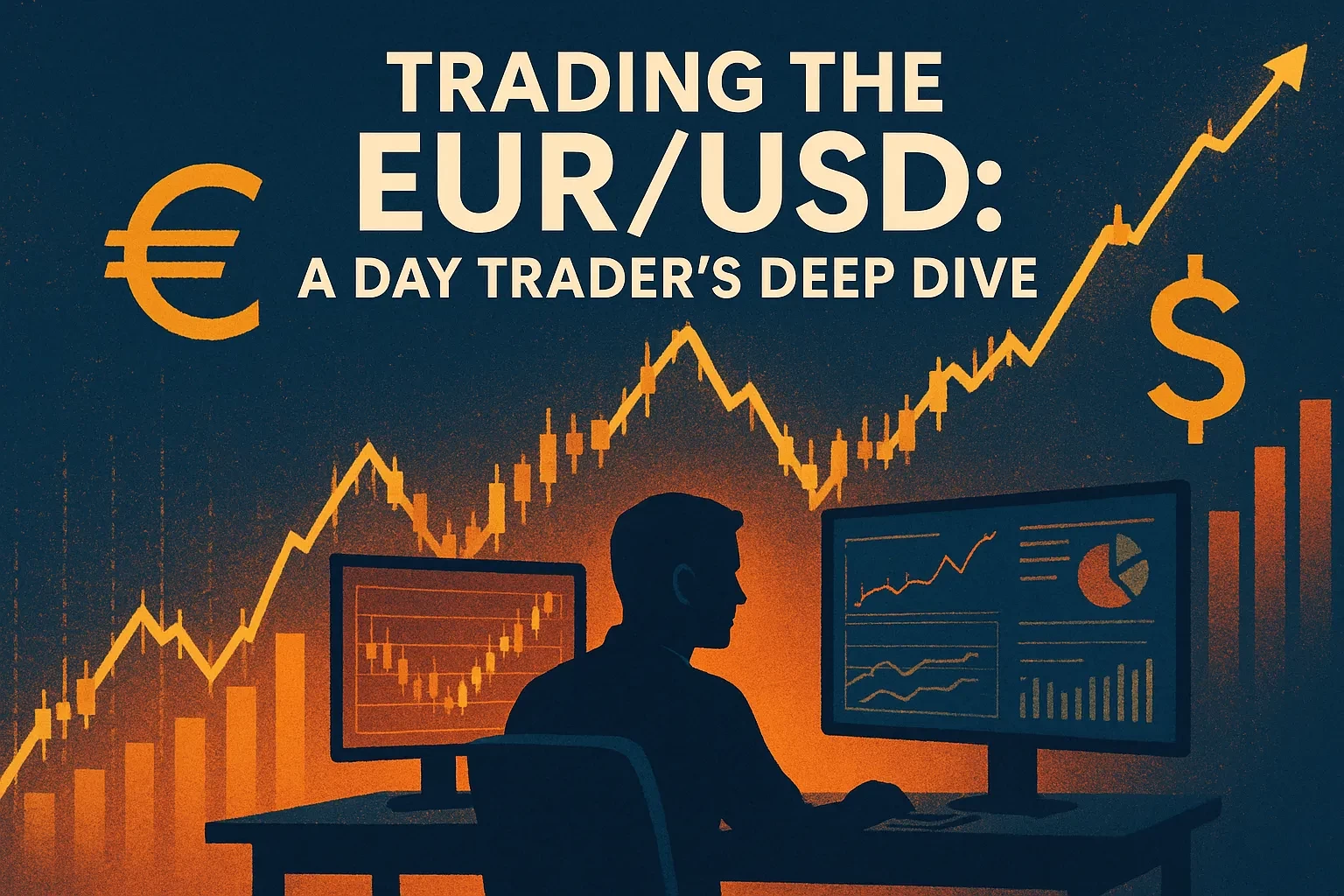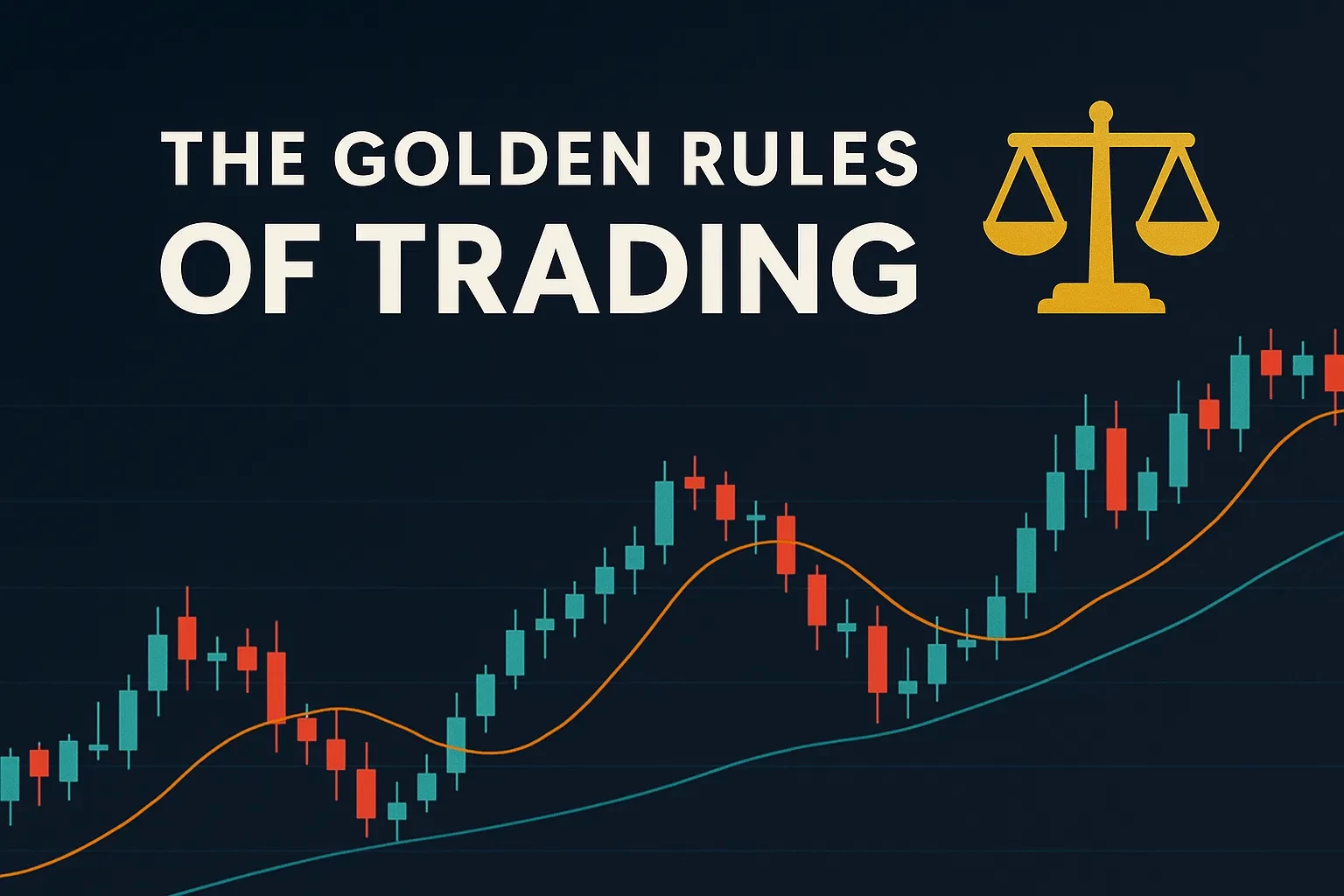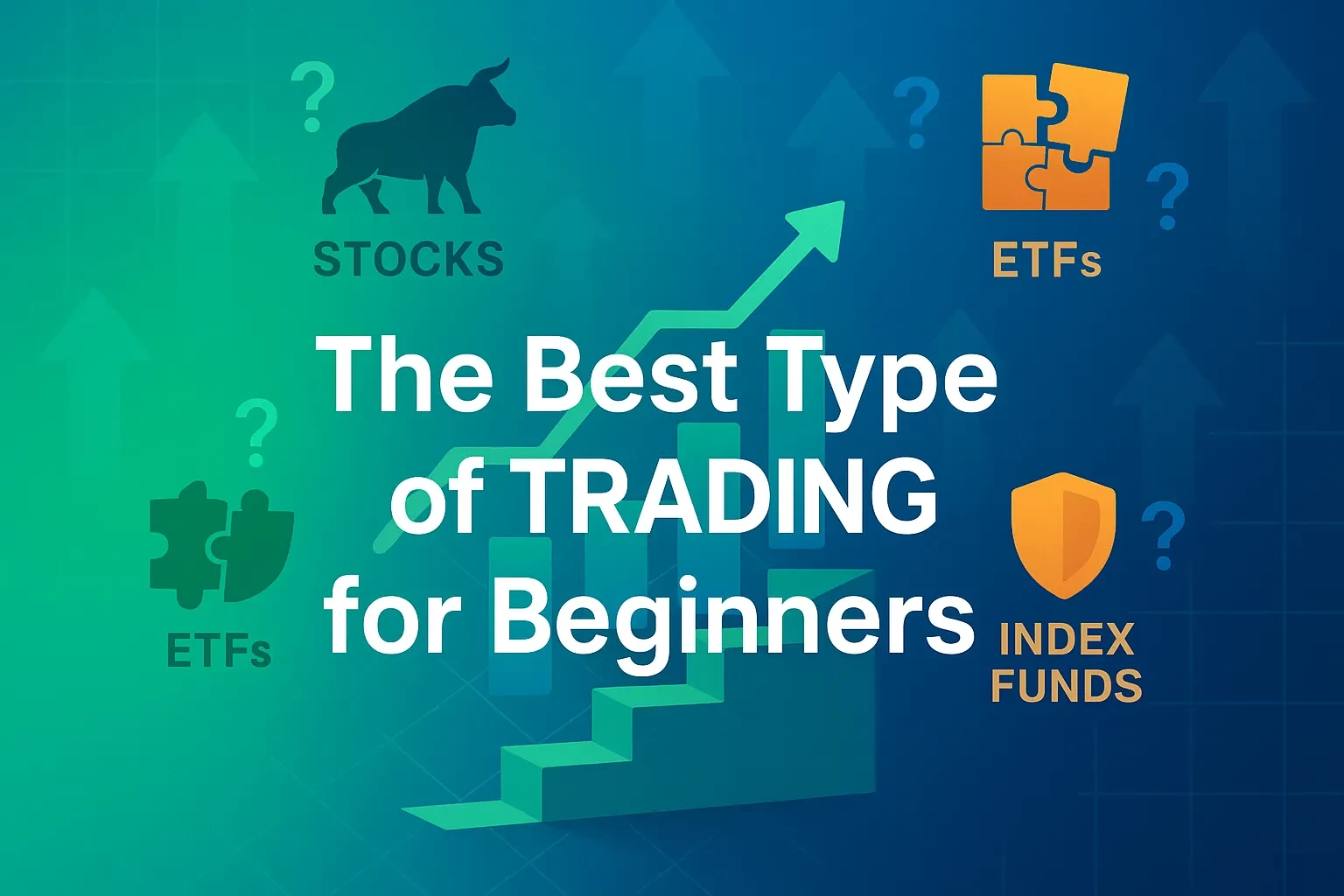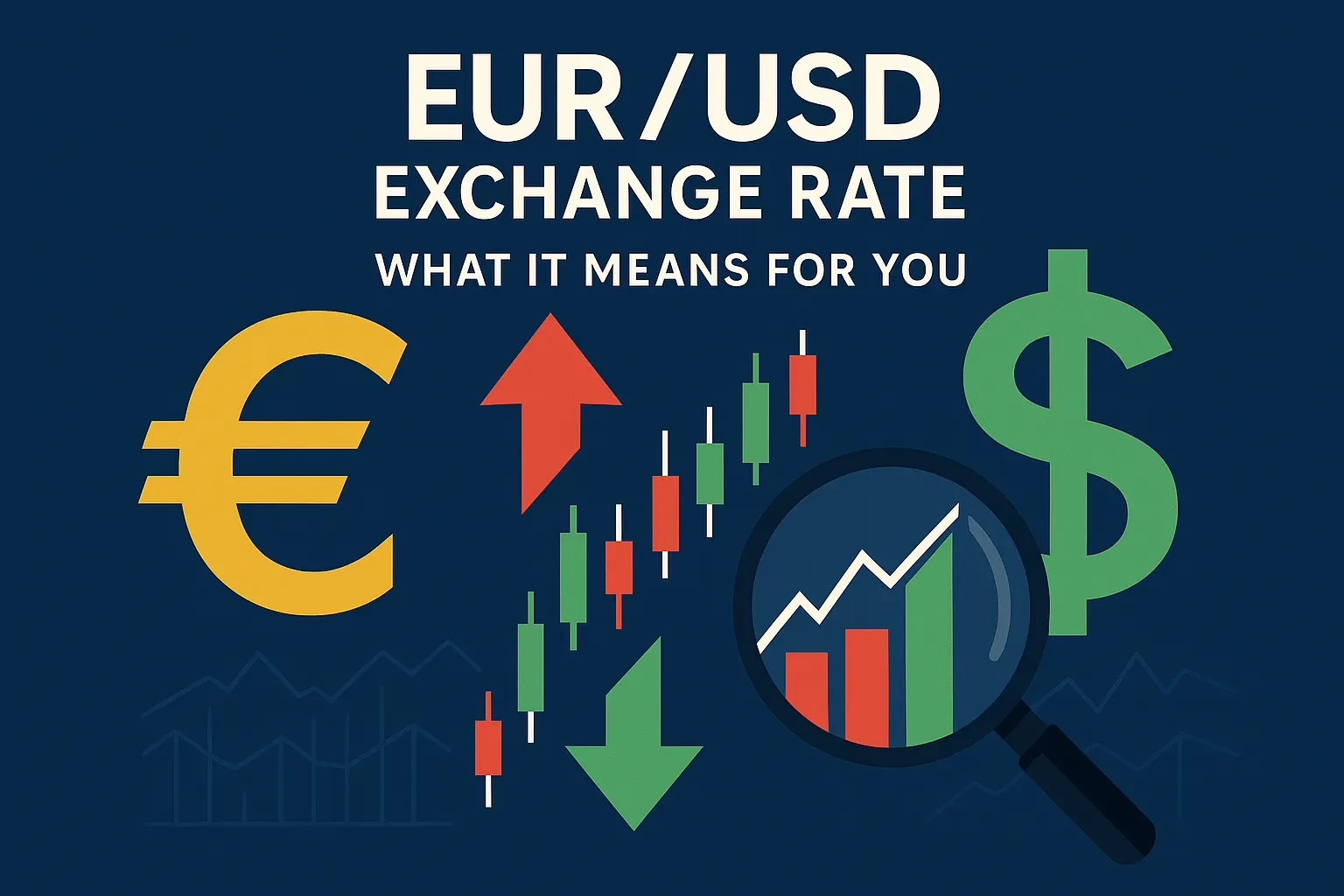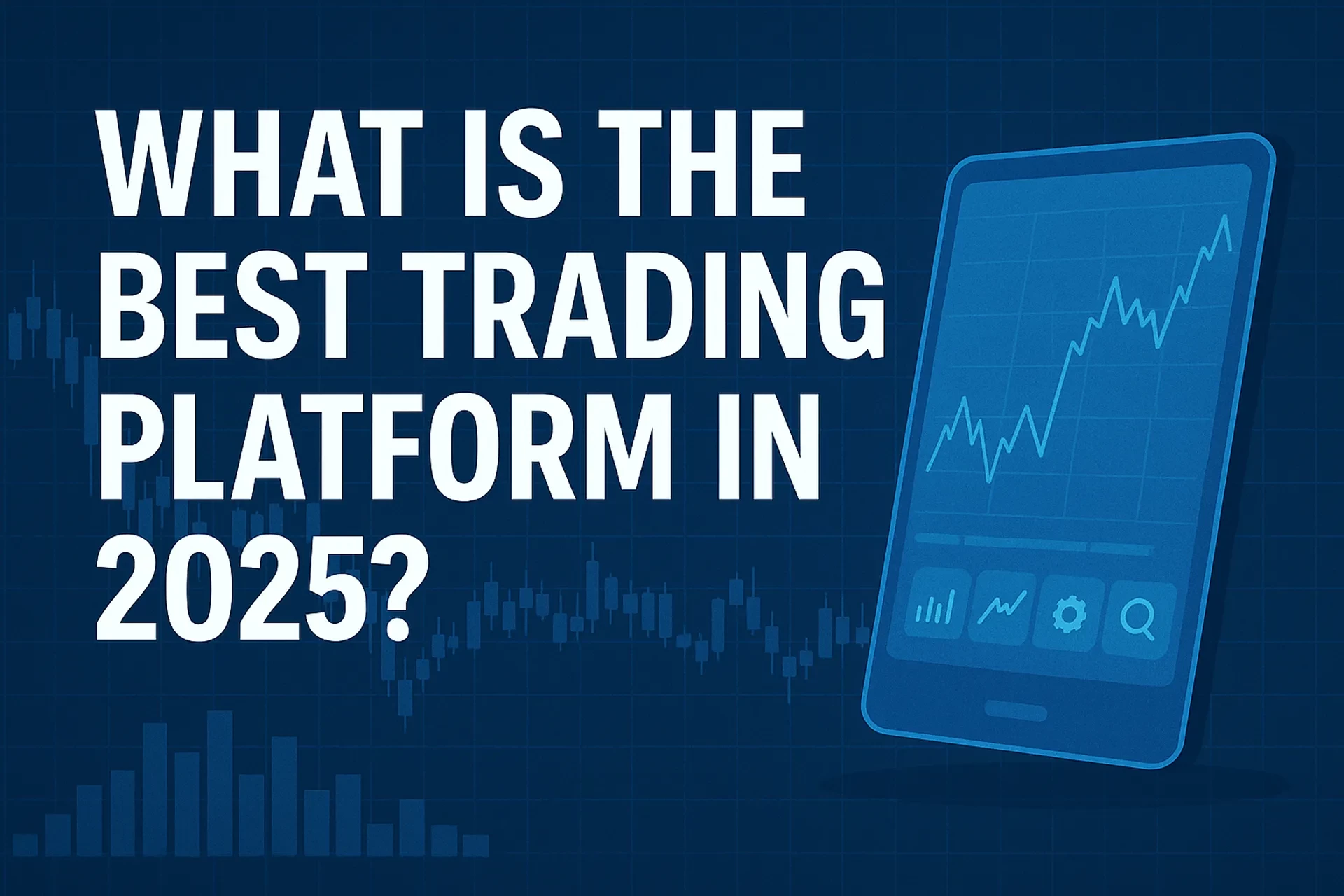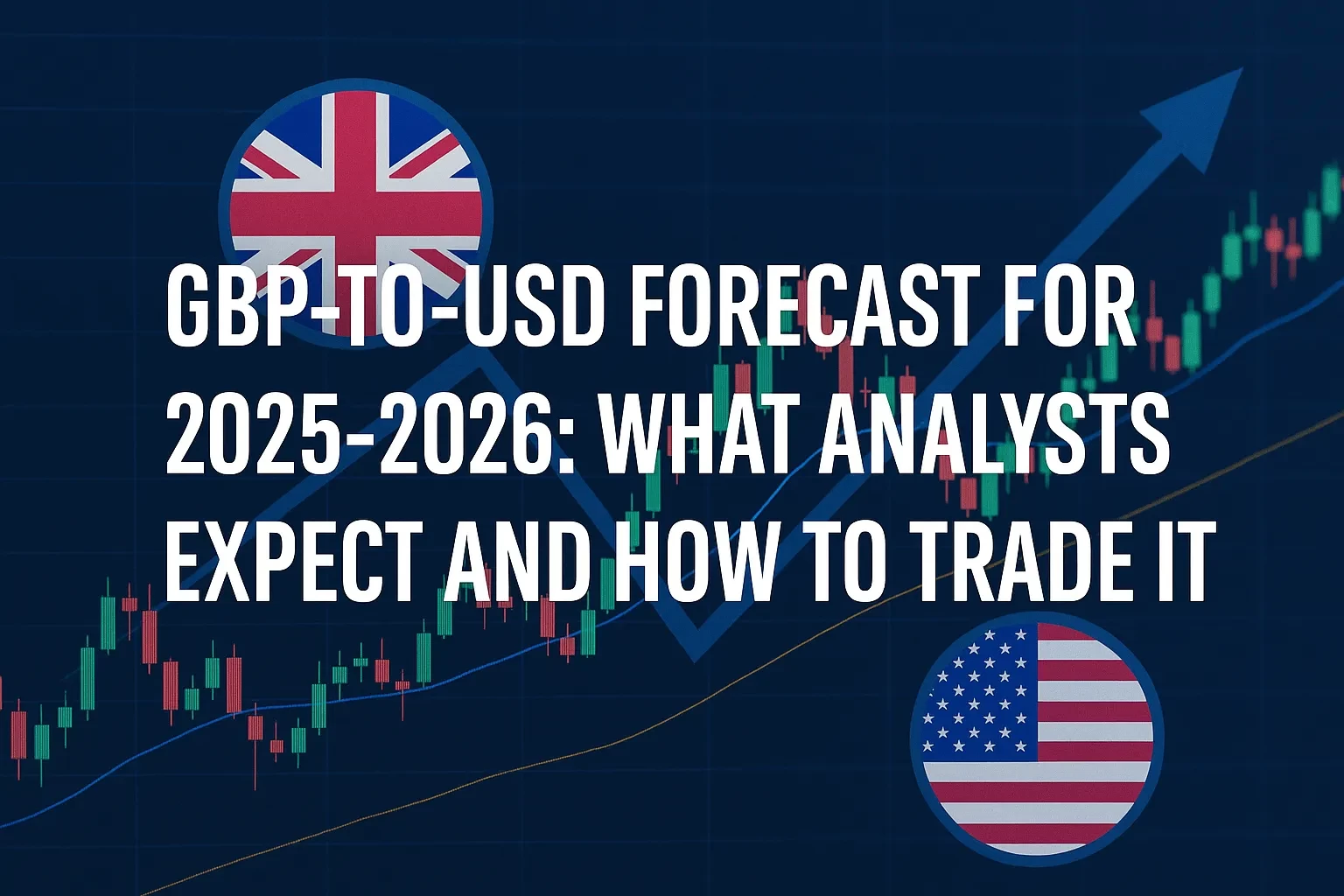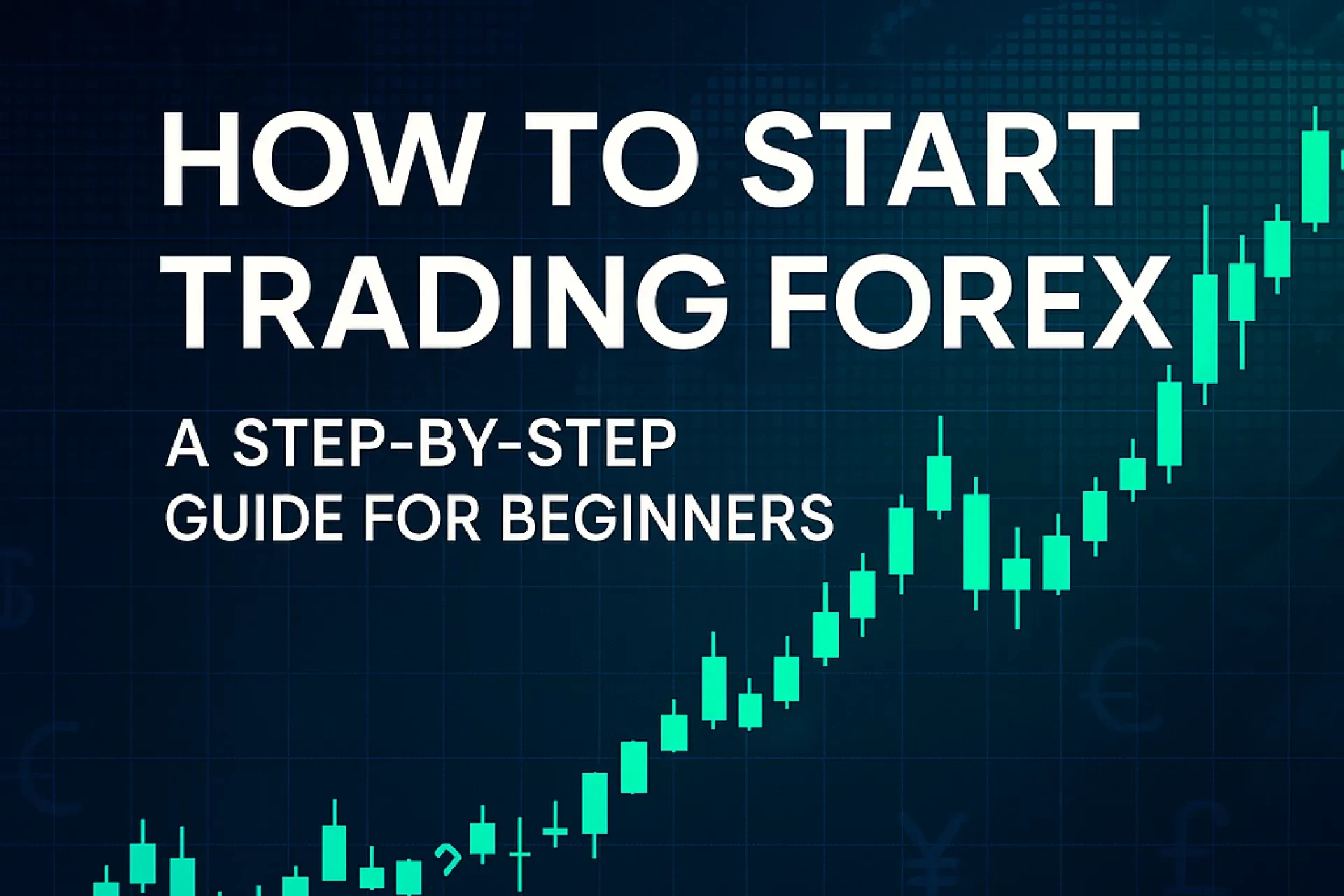You build a durable trading strategy by treating it like a professional risk project—not a hot-hand streak. That means choosing one clear battlefield, defining precise rules, sizing risk conservatively, and forcing your ideas through testing before a single live dollar is on the line.
A real trading strategy is more than a pattern you saw on social media or a couple of indicators slapped on a chart. It’s a rule-based system you can explain, test, stress, and execute the same way on Monday morning as on a volatile Fed day. In today’s U.S. and global markets—faster, more regulated, and less forgiving than ever—your edge comes from structure: knowing exactly what you trade, why you enter, how you size risk, and when you stand down.
In this guide, you’ll build that structure step by step. You’ll narrow your focus to markets you actually understand, design a repeatable entry and exit logic, define a risk budget that respects modern prop-firm and broker limits, and push everything through backtesting and forward testing before going live. By the end, you’ll have a playbook you can track, refine, and defend—both to yourself and to anyone asking whether your strategy actually makes sense.
Disclosure: If this article includes links to brokers, tools, or platforms, assume some may be affiliate links. Any such links should reflect genuine opinions and must not change your trading costs or conditions.
Table of Contents
What a Professional Trading Strategy Really Is
Most traders say they have a “strategy”; few can write it down in one page without hand-waving.
For this guide, your strategy must check all of these:
• Defined universe: A small set of instruments you know (e.g., major FX pairs, S&P 500 futures, liquid large-cap stocks).
• Clear time horizon: Intraday, swing, or position—not all three at once.
• Objective entry logic: Observable conditions you can code or checklist.
• Objective exit logic: Predefined stop-loss and take-profit or exit triggers.
• Risk model: Fixed rules for position sizing, daily loss caps, and max drawdown.
• Validation: Evidence from historical testing and forward testing—not vibes.
• Review loop: A recurring process to evaluate and tune without random tinkering.
If any of these are missing, you don’t have a strategy; you have an opinion.
The Four-Layer Strategy Stack (Your Decision Framework)
Instead of copying a “10 rules” list, structure your approach as a stack. Each layer must be consistent with the others:
1. Market Edge Layer – Where you play
• Choose instruments where you can follow relevant news and macro drivers.
• Favor high liquidity and transparent costs (spread/commission).
• Avoid obscure, illiquid products where slippage destroys edge.
2. Structural Edge Layer – How you read behavior
• Define whether you exploit trend continuation, mean reversion, breakouts, session behavior, or volatility shifts.
• Your tools (indicators, price rules) must map directly to that behavior.
3. Risk & Money Management Layer – How you survive
• Set risk per trade, daily loss limit, max open risk, and max drawdown.
• These rules should protect the account even during extended losing streaks.
4. Execution & Discipline Layer – How you behave
• Plan for execution quality, platform reliability, and slippage.
• Use a checklist before entering any trade.
• Define when not to trade (major news, emotional tilt, illiquid sessions).
Every decision you make—indicators, TP/SL distances, preferred sessions—must reinforce this stack. If one choice contradicts a higher layer, fix it.
Step-by-Step: Designing Your Rule-Based System
Step 1: Choose a Focused Market Universe
Instead of chasing everything, pick 1–3 instruments where you can build context:
• U.S. equity index futures or ETFs (e.g., S&P 500, Nasdaq-100).
• Major FX pairs (EUR/USD, USD/JPY, GBP/USD).
• Highly liquid large-cap stocks or index options.
Anchor your choice in information familiarity: if you already follow U.S. economic data, large tech earnings, and FOMC meetings, trading a U.S. index or USD pair aligns with your existing edge.
Rule of thumb: If you can’t explain in plain English what typically moves your chosen instrument, don’t trade it.
Step 2: Define Your Timeframe and Session
Pick one primary timeframe for decisions (for example, 1-hour or 4-hour for swing; 5–15 minutes for intraday) plus one higher timeframe for context.
Lock in:
• When you are allowed to trade (for example, only U.S. session; no overnight holds for intraday).
• When you must stop (end of session, after daily loss limit).
Your edge exists during the conditions you design for, not whenever you feel bored.
Step 3: Select Independent, Complementary Tools
Use tools that measure different things instead of duplicating the same math.
A balanced set might include:
• One trend or structure tool (moving averages, market structure levels).
• One momentum or exhaustion tool (for example, an RSI-type oscillator).
• One volatility or range tool (ATR, bands, session ranges).
• Clean price action levels: prior highs/lows, liquidity zones, key news times.
Keep it minimal. More lines do not mean more edge.
Sanity check: If you removed one indicator, your logic should still mostly make sense. If everything collapses when you hide one oscillator, your system is fragile.
Step 4: Turn Observations into Hard Rules
“Looks bullish” is not a rule.
Example of turning a concept into rules (adapt to your own tools):
• Only consider long trades when price is above a chosen trend filter on the higher timeframe.
• Momentum confirms with a higher low in your oscillator while price respects a defined support zone.
• Entry triggers when the market reclaims a key intraday level with increased volume or a clearly defined pattern.
• Stop-loss goes beyond a structurally meaningful level, not an arbitrary round number.
• Take-profit is placed where the reward-to-risk is acceptable and near logical reaction zones.
Write these rules down as if a third party had to trade them for you.
Step 5: Engineer Your Risk Budget
This is where many good ideas die—or are saved.
A robust template:
• Risk per trade: 0.25–1.0% of account.
• Max daily loss: 2–3 times your per-trade risk.
• Hard stop: strategy shutdown or size reduction if equity drops 8–12% from peak.
• Limit number of trades per day to reduce revenge trading.
Example (100,000 USD account):
• Risk per trade: 0.5% = 500 USD.
• If typical stop distance is 10 points and each point is 50 USD, position size is 500 / 50 = 0.1 contracts.
You always solve from risk to size, never the other way around.
Step 6: Structure Reward-to-Risk Intelligently
You don’t need extreme targets; you need mathematically coherent ones.
If you keep:
• Risk per trade: 1R
• Average target: 2R
Then:
• Win rate 40% → expectancy = (0.4 × 2R) − (0.6 × 1R) = +0.2R per trade.
• Win rate 50% → expectancy = (0.5 × 2R) − (0.5 × 1R) = +0.5R per trade.
The key is consistency: you size trades the same way, define targets before entry, and do not move stops wider to “save” a trade.
Step 7: Backtest Without Cheating
Backtesting is not about proving you’re a genius; it’s about trying to break your idea.
Guidelines:
• Use at least 6–24 months of clean historical data for your chosen instrument and timeframe.
• Apply your rules mechanically, without skipping losing trades you “wouldn’t have taken.”
• Track win rate, average R multiple, max drawdown, longest losing streak, and net R after realistic costs.
If the system only works in one narrow slice and collapses elsewhere, it’s not robust enough. Adjust the rules and test again.
Step 8: Forward Test in a Live Environment
Once your backtest metrics are acceptable:
• Run the strategy on a demo or simulated account that mirrors your intended capital.
• Trade it for at least 4–8 weeks using the exact same rules, size, and schedule.
• Log every trade with setup type, notes, and execution details.
Your goal is to confirm the system behaves similarly in real time and that you can follow it without constant rule-breaking.
Step 9: Go Live With Guardrails
When you transition to real capital:
• Start at half or one-third of your tested risk per trade.
• Keep the same daily loss cap and shutdown rules.
• Avoid trading directly into major events unless your system is built for them.
• Treat the first 1–3 months as a validation phase, not a profit sprint.
If live results deviate heavily from tested performance, investigate execution, discipline, and changing volatility regimes before making changes.
Step 10: Run a Structured Review & Optimization Cycle
Optimization is not “I had a bad week, let me change everything.”
Use a recurring review:
• Compare actual performance to expected metrics.
• Tag losing trades by cause: strategy flaw, regime shift, randomness, or execution error.
• Only adjust rules with a statistically relevant sample and a clear structural reason.
Your strategy should evolve slowly, not reinvent itself every Monday.
Practical Scenario: 100K Account, Rule-Based Example
Assume:
• Account: 100,000 USD
• Risk per trade: 0.5% (500 USD)
• Target: 2R (1,000 USD)
• Sample: 10 trades
| Trade Outcome | Count | P/L per Trade (USD) | Total (USD) |
|---|---|---|---|
| Win (+2R) | 5 | +1,000 | +5,000 |
| Loss (−1R) | 5 | −500 | −2,500 |
| Net | — | — | +2,500 |
Takeaway: With a balanced mix of wins and losses, a modest edge plus disciplined reward-to-risk can generate growth without extreme win rates.
Common Mistakes and How to Fix Them
1. Trading too many markets
You scan dozens of symbols, miss quality setups, and overtrade noise.
Fix: Cut to 1–3 instruments. Specialization is an edge.
2. Oversized positions
You risk 3–5% “because this one looks perfect.”
Fix: Hard cap per trade at or below 1%; write it into your plan and never override.
3. Indicator stacking without logic
You stack multiple oscillators telling the same story.
Fix: One tool per function (trend, momentum, volatility). If it doesn’t add unique information, remove it.
4. No real testing
You scroll the chart and call it backtesting.
Fix: Define rules, log trades, calculate metrics. If it can’t be tested, it’s not a system.
5. Emotional overrides
You move stops wider, cut winners early, and revenge trade.
Fix: Use a pre-trade checklist and a maximum number of trades. If you break rules, stop trading for the day.
Regulatory & Risk Awareness for U.S. Traders
If you’re trading products impacted by U.S. regulation, you should know who is in charge:
• CFTC (Commodity Futures Trading Commission): Regulates U.S. futures and many derivatives markets and publishes key disclosures and enforcement actions.
• NFA (National Futures Association): Supervises member firms offering futures and FX and provides investor education and registration checks.
• SEC (Securities and Exchange Commission): Oversees U.S. securities markets and operates Investor.gov with alerts on frauds and complex products.
Use these sources to verify whether a broker is properly registered, to read current risk disclosures for leveraged products, and to stay aware of common scam patterns.
FAQ
Conclusion: Your Next Concrete Steps
If you want your trading to outgrow impulse and hype, treat your strategy like a product under development:
• Pick one instrument set and timeframe you understand.
• Write your rules until a stranger could trade them.
• Build a risk model that assumes you will be wrong often.
• Test historically, test live in demo, then go small with real capital.
• Review performance on a fixed schedule and evolve slowly, with data.
From here, your most valuable moves are boring and methodical: document your plan, start logging trades, and lean on credible education sources—not promises of effortless returns.
For deeper dives, see: [Guide: Risk Management], [Guide: Backtesting & Journaling], [Guide: Choosing a Regulated Broker] (replace with your internal resources).
Risk Disclaimer
This article is for educational and informational purposes only and does not constitute investment, trading, or financial advice. Trading financial instruments—including forex, futures, options, contracts for difference, and leveraged products—carries a high risk of loss and is not suitable for every investor. You can lose more than your initial investment. Past performance, hypothetical or actual, is not indicative of future results. Always do your own research and, where appropriate, consult a registered financial professional before making trading decisions.

